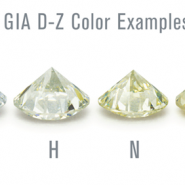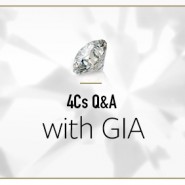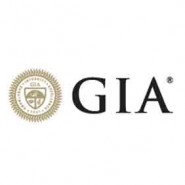As the creator of the 4Cs and International Diamond Grading System, GIA also established color grading standards and terminology specifically for colored diamonds, based on the color’s hue, tone, and saturation. Today, we identify some of the defining characteristics that help make fancy-color diamonds a true feast for the eyes.
Read More >>Consumers have more options than ever when it comes to buying diamonds. In addition to jewelry retailers, you can shop conveniently from your computer, tablet, or smartphone. Many of the same considerations apply whether you’re buying a diamond in person or online, but GIA has a few additional tips for shopping online that will help you click the “Buy Now” button with confidence.
Read More >>Many people know that diamonds typically come in a range of colors from D to Z on the GIA color-grading scale. However, most people don’t know how the naked eye sees color in a diamond.
Read More >>GIA’s 4Cs Q&A series wraps up with some bonus information on fluorescence, while passing along a few friendly words of advice.
Read More >>One frequent request GIA receives is, “Can you recommend a reputable jeweler?” The jewelry-buying landscape offers so many options: buying online, through retail chains, neighborhood jewelry stores, and even independent sellers. Establishing a relationship with a jeweler can seem daunting and confusing. GIA is here to help. While it can’t recommend specific jewelers or businesses, it does offer tools and tips to help you navigate your way through choices.
Read More >>With the current popularity of period pieces—fueled in part by films and shows like The Great Gatsby and Downton Abbey–there is a rising interest in vintage fashion and jewelry. The Edwardian period lasted from 1900 to 1915, when England was flush with power and wealth. For the landed gentry (land owners who could live entirely off of rental income), the Edwardian Era was a period of prosperity and privilege; however, class divisions were equally stark.
Read More >>





